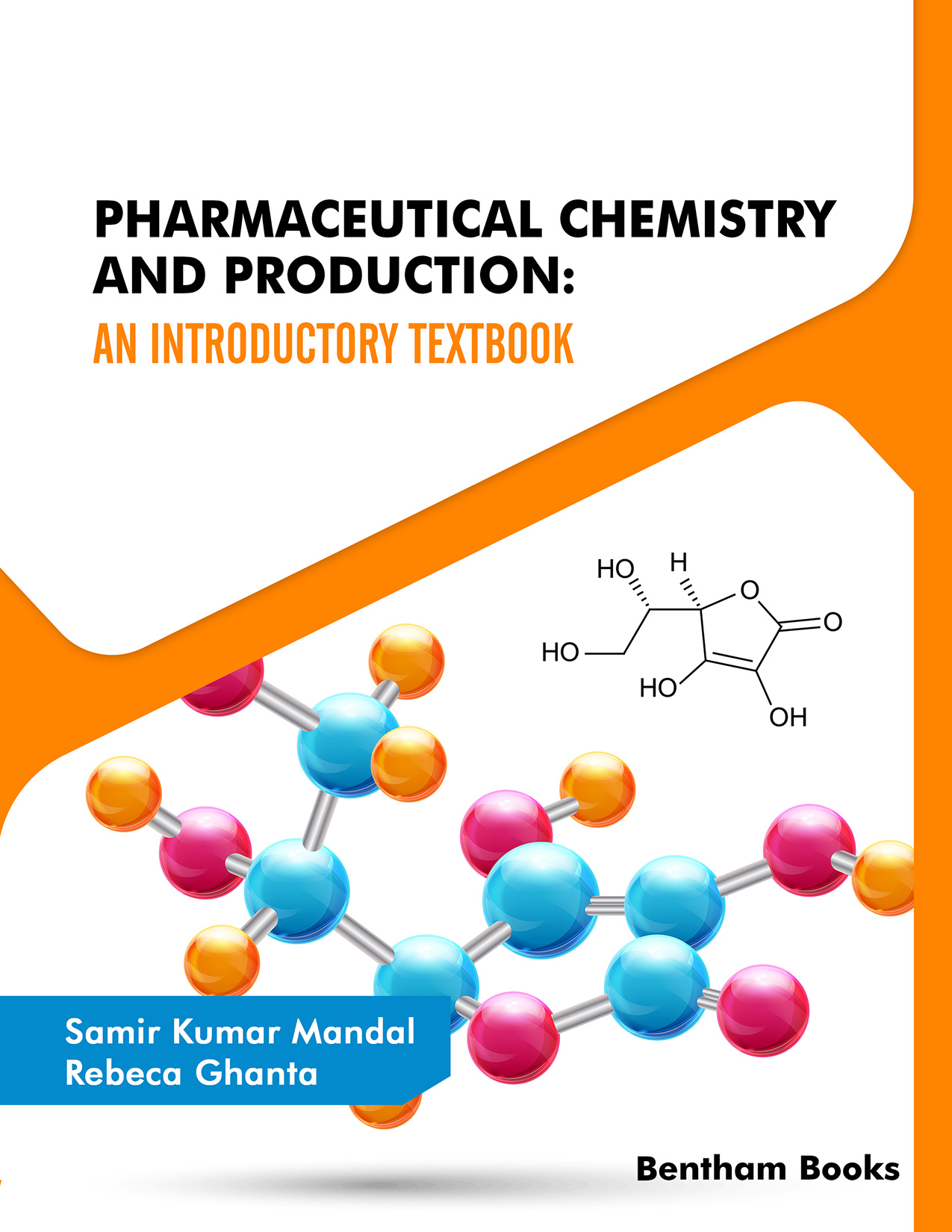Introduction
This textbook summarizes preliminary knowledge of bioactive molecules which serve as pharmaceuticals, their use, synthesis and mode of action, as well as the production of commercial constituents such as ethanol, citric acid, antibiotics, amino acid and vitamins.
The text introduces students to the key types of pharmaceuticals and chemicals that are used in routine pharmacy and medical practice. These include common antibacterials, antimalarials, antifungals, analgesics, CNS agents, and antivirals. This information is complemented by a section that covers the production of common ingredients and pharmaceuticals (such as ethanol, citric acid, antibiotics and vitamins). Additional chapters covering the fundamentals of drug design and retrosynthetic analysis of common pharmaceuticals round up the text into a concise resource for learners.
Key Features
- - Simple structured layout suitable for learners
- - Considers the CBCS curriculum for Indian Institutions
- - Covers the subject in 2 parts (Part A: Pharmaceutical Chemistry, Part B: Production)
- - Covers several types of pharmaceuticals used in clinical practice
- - Covers the fermentation process and the production of antibiotics, pharmaceutical commodities and nutrients
- - Introduces the reader to fundamentals of drug design
- - Includes retrosynthetic analysis of several pharmaceuticals
- - Includes an appendix for handy information
Audience: students of pharmaceutical chemistry, pharmacy and associated programs in medicine, biotechnology and life sciences at diploma, undergraduate and graduate levels.


Dr. Sougata Hazra – May 17, 2022
Very much informative and helpful for the CBCS curriculum. Student must buy.